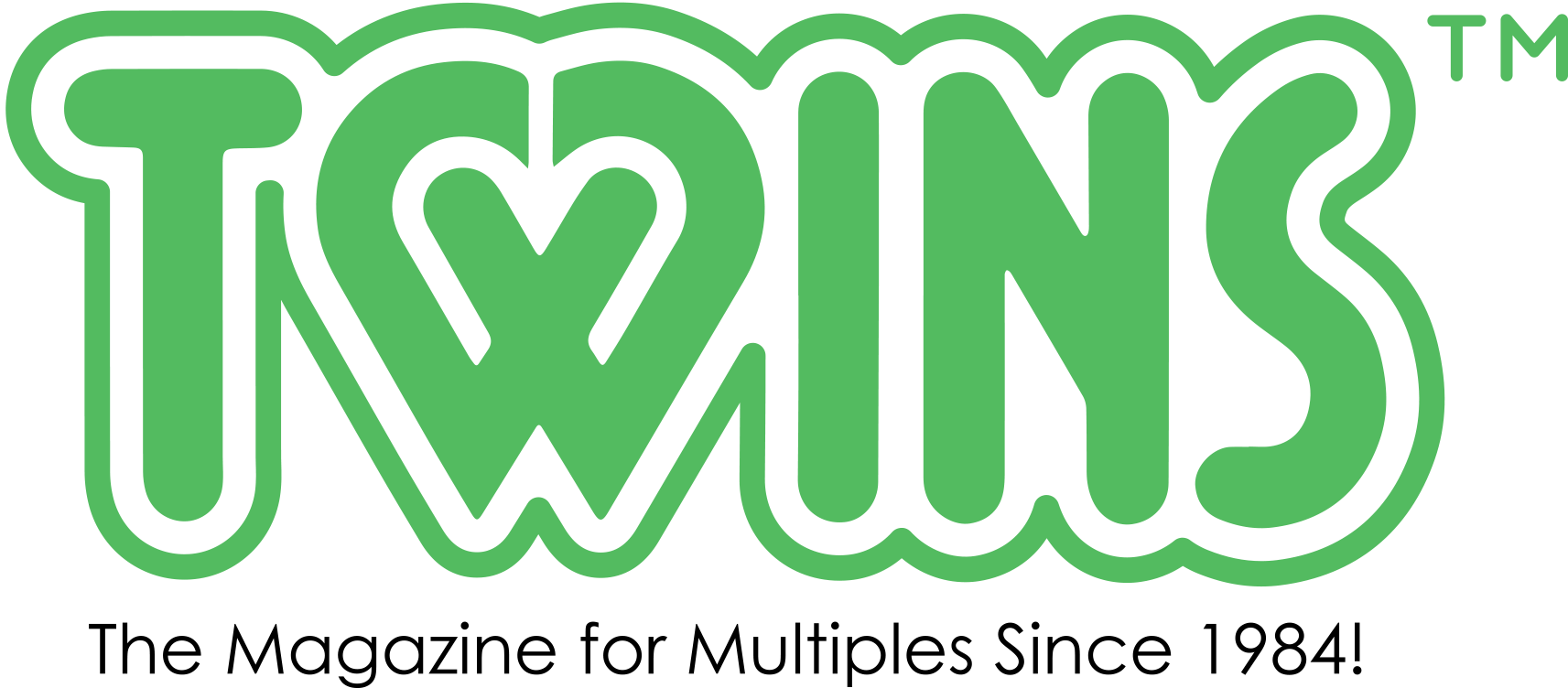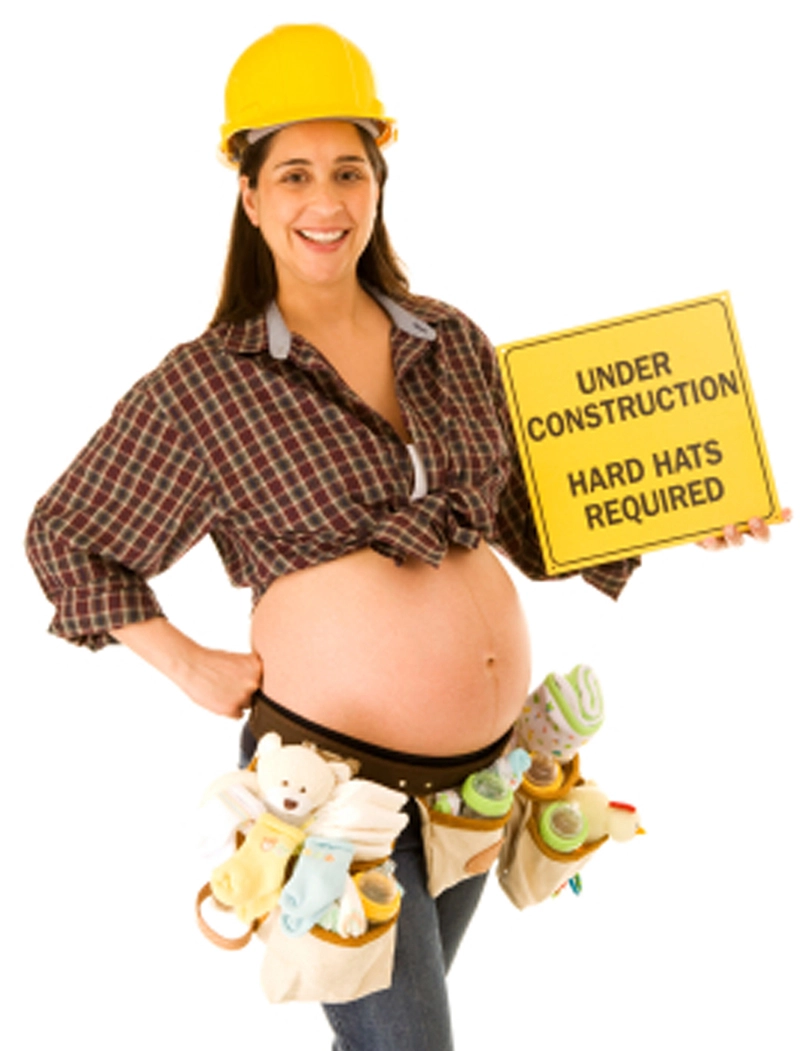When 20 mothers of triplets and quadruplets responded to a survey about their babies’ needs during infancy, the following essential and useful supplementary items were identified. Since purchasing triple (or more) the amounts of equipment and baby supplies at one time involves a major expenditure. These mothers of multiples’ comments are designed to help expectant parents of multiples avoid costly buying mistakes.
CLOTHING
Sleepers: Three each in cool climates. The least expensive sleepers are sized smaller and fit four to five-pound babies well. Expensive preemie clothing is outgrown in two to four weeks. Onesies: In warm climates, three each of these light, one-piece outfits.
T-Shirts: Seldom used; three per baby if they have difficulty maintaining body temperature.
Sweaters: One each; hooded sweaters with back zippers are most convenient. Since sleeves on the 9 to 12-month size can be used most of the first year.
Booties: Two pairs each; discount stores carry booties—sold three pairs to a package—that are small, stretchy and stay on tiny preemie feet.
Pram suits: One per child in cold climates; these are warm enough for trips in the car, or stroller rides on a chilly day. Buy over-sized, one-piece suits with a single zipper, since babies grow quickly and must fit in these suits fully clothed. Avoid unwieldy snowsuits that separate hand and foot covers; they are time-consuming to put on singletons, let alone multiples. Clothing quantities listed above and linen quantities listed below are based on doing laundry every two days.
LINENS
Fitted crib sheets: One per crib, plus one for emergency linen changes. Two per crib is ideal. If trying to avoid a variety of sheet patterns in a shared nursery, buy all cri sheets alike to avoid changing three or more crib sheets when only one is soiled.
Receiving Blankets: Two for each baby.
Crib Blankets: One for each baby they outgrow their receiving blankets. Decorative crib quilts that match bumper sets are expensive and heavy, constituting a suffocation hazard to newborns. Lightweight, thermal blankets cling to active little ones; air flows more freely should a baby’s head get trapped under a blanket.
Bumper pad: One set for each crib.
Flannel lap pads: Two for each baby; used under the babies’ bottoms to protect the crib sheets, saving linen changes.
Hooded bath towels: One per child; a nice, nonessential item.
Infant washcloths: Two for each baby; also nonessential.
FEEDING ITEMS
Bottles: Most formula-fed newborns eat every three hours, adding up to eight bottles daily per baby. If preparing formula daily, 24 bottles will be enough for triplets. Nursing mothers will need one to two bottles per baby to give water or juice. To keep bottles straight, buy a specific colored bottle for each baby. Have the hospital nurses save the disposable four-ounce glass formula bottles use for babies in the nursery; wash and reuse them until newborns take amounts large enough for the eight-ounce plastic bottles. Nipples and collars come with most bottles. Small babies have difficulty latching onto the nipples of disposable nurser bottles, making them unpopular with most parents.
Nipple caddy: Buy one or two of these inexpensive baskets to hold bottle nipples and collars for cleaning in the dishwasher.
Breast pump: Electric pumps provide the quickest emptying. If you are pumping to supply hospitalized babies with milk, a physician-ordered pump can be rented from medical supply stores with an apparatus that allows both breasts to be pumped simultaneously.
Formula: Amounts depend upon how many ounces babies take and how often. Most hospitals send a one-to-two day supply home with each baby. Don’t get too far ahead on formula stock, since babies are often switched to other formulas. Powdered formula is the least expensive and very portable. Most people surveyed preferred the canned concentrated formulas, which are less expensive than ready-to-pour formulas, but quicker to mix than powdered preparations. Drug companies may supply free formula for triplets, quadruplets or more.
Pacifiers: Two each, often provided by the hospital nursery.
Feeding spoons: One each; since most parents we surveyed fed the babies simultaneously, directly out of shared baby food jars.
Bibs: One each; plastic bibs that cover and snap over the shoulders with a pocket to catch spills were preferred.
Diaper pail: One, or two for people with a two-story house. Some parents surveyed did not use diaper pails at all and would take diapers directly to their trash.
Diapers: Calculate need based on the fact that each newborn requires 10 to 12 diaper changes daily. Small disposable diapers can be folded to fit four-pound preemies. Ask people to save diaper and baby wipe coupons for you, the savings really add up! Even if using disposable diapers, buy at least one package of pre-folded cloth diapers to use for burp cloths and to place under the heads of babies in their crib.
Baby wipes: Newborn triplets require one to two boxes weekly.
Diaper bags: One large bag for long outings, plus a small stroller bag that snaps or ties to strollers and grocery cart handles. Always keep extra diapers, wipes, zip-loc= bags for disposing of dirty diapers and pacifiers in your diaper bags so you will always have everything you need on the go.
Cribs: One crib holds three babies for several weeks; one crib for each baby is ideal once the babies become active. Some families managed with two multiples per crib until the children were ready for big beds. Fold-up playpens can substitute for cribs.
Changing table: One is essential if caregivers have back problems. Many indicated they would change babies on their bed, couch or even the floor.
Playpen: A nice, nonessential item that provides a safe place for unattended babies. One large playpen holds two babies. When outgrown, playpens can be used to store toys or as a young toddler’s “time-out” place. Connecting play yards give even more space inside our outside.
Infant seats: One for each baby (some newborn to 6-month-old car seats will double for this.) Seats that can be rocked or bounced with a parent’s foot to soothe a restless baby—while arms are occupied holding or feeding other babies—are essential.
Car seats: (newborn to 6-month size to 4-year-old size) one for each baby. Infant car seats are often available for low-cost rental at hospitals or local health departments. After babies reach the weight of 20+ pounds is when you need to switch to the next size of car seat. Many parents polled felt full-sized car seats were too roomy for use with newborn preemies.
Strollers: The tandem arranged triplet stroller can be cumbersome but essential if caregivers plan on taking babies out alone. Parents of triplets who have helpers may prefer a single and a twin stroller. Parents of quads successfully used one side-by-side twin stroller with two newborns per reclining seat, or two toddlers sitting one behind the other in a reclined seat. Triplet strollers are often special-order items that may take several weeks to arrive. The most common triplet stroller requires easy, partial disassembly to fit in cars and minivans.
High Chairs: One for each baby, but not necessarily until the babies are at least 6-months of age. Some parents successfully fed babies in their infant seats and walkers until table-ready. Wooden stacking high chairs seen in restaurants are useful in homes with limited space.
Swings: One is essential; one for each baby is ideal but costly and space consuming.
Walkers or jumpers: These are nonessential, but they help entertain and confine babies as they get older. Walkers with trays are useful for holding toys and snacks.
Crib Mobiles: nonessential, but great entertainment. One can be rotated to the different cribs as well.
HYGIENE
Bath sponge: One is essential. Baby bathtubs may be awkward and were seldom used by the surveyed mothers.
Nasal aspirator: One for each baby to clear oral and nasal secretions. Most hospitals provide these.
Infant nail clippers; Baby Soap; Shampoo; Lotion; Baby thermometer: one of each item for the entire set of multiples
SPECIAL ITEMS
Hand-held vacuum: For quick and easy clean-ups!
Small (two to four shelf) utility cart on wheels: Keeps diapers, changing and bath supplies organized and portable.
Cool air humidifier: For the first unexpected 2:00 am case of croup.
Plastic tablecloth liner: Buy one long enough to place under high chairs for easy clean-up.
Power drill: Helps parents quickly assemble cribs and toys and apply safety latches to cupboards, etc.
Automobile: For many parents, the arrival of triplets requires a larger family vehicle. When choosing, consider the large triplet stroller that completely occupies the back of a standard minivan or medium sized car trunk. In addition, check to see if the car’s bench seat that has three seat belts that can accommodate three bulky, full-sized car seats.


